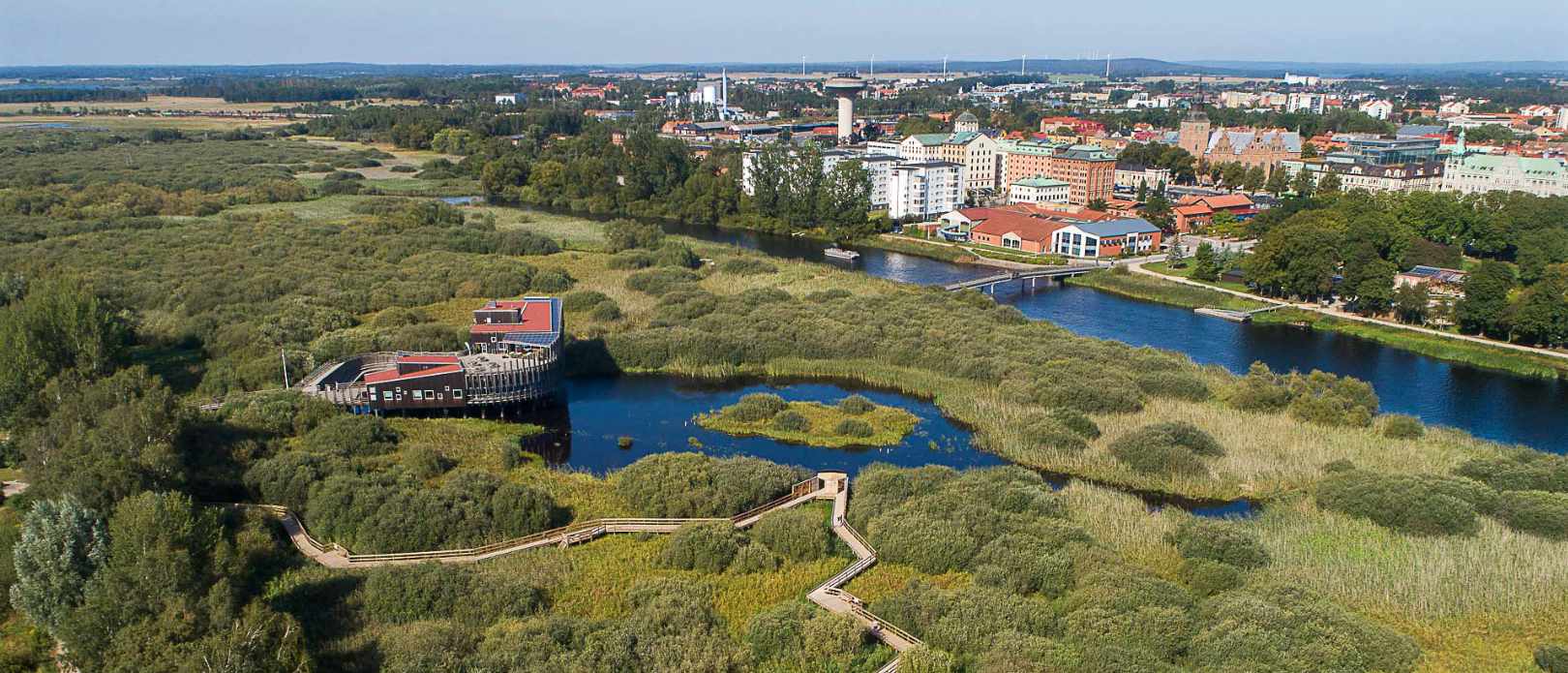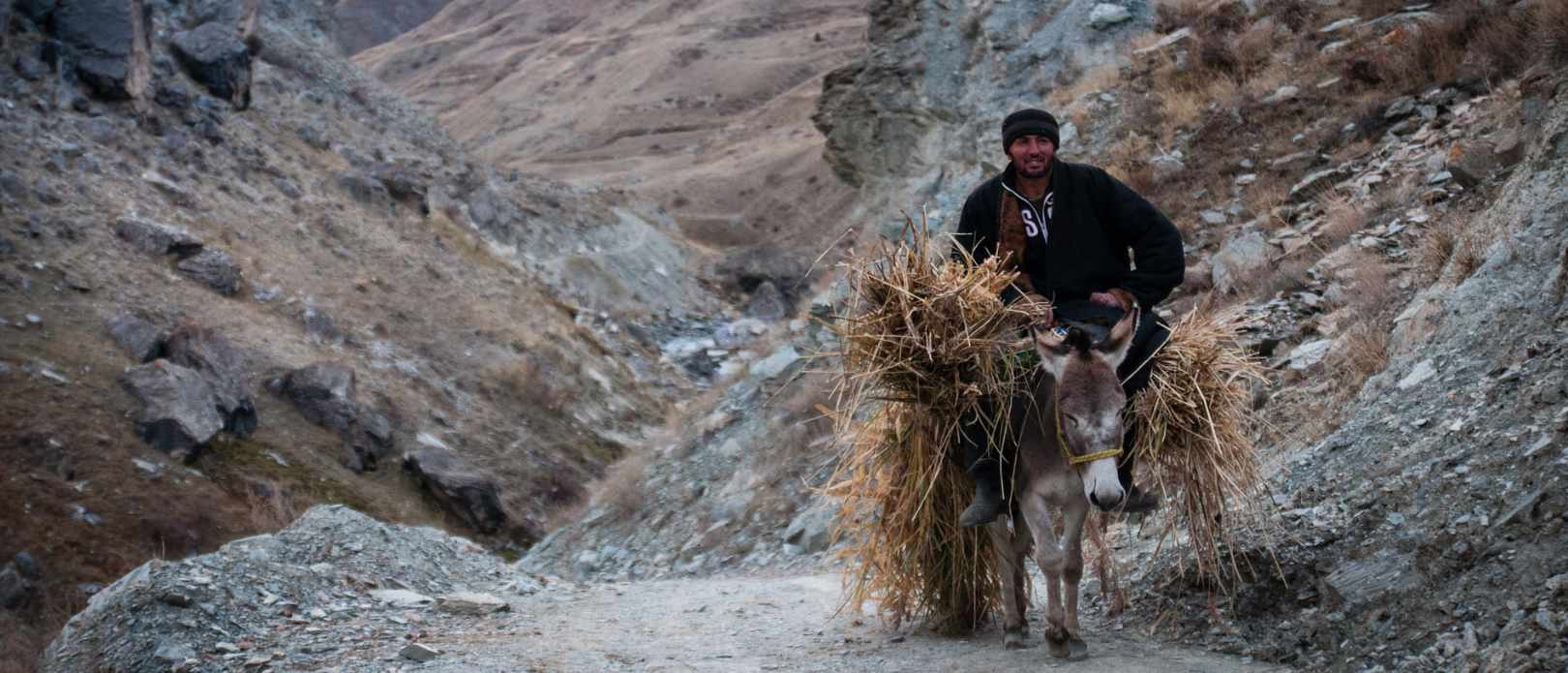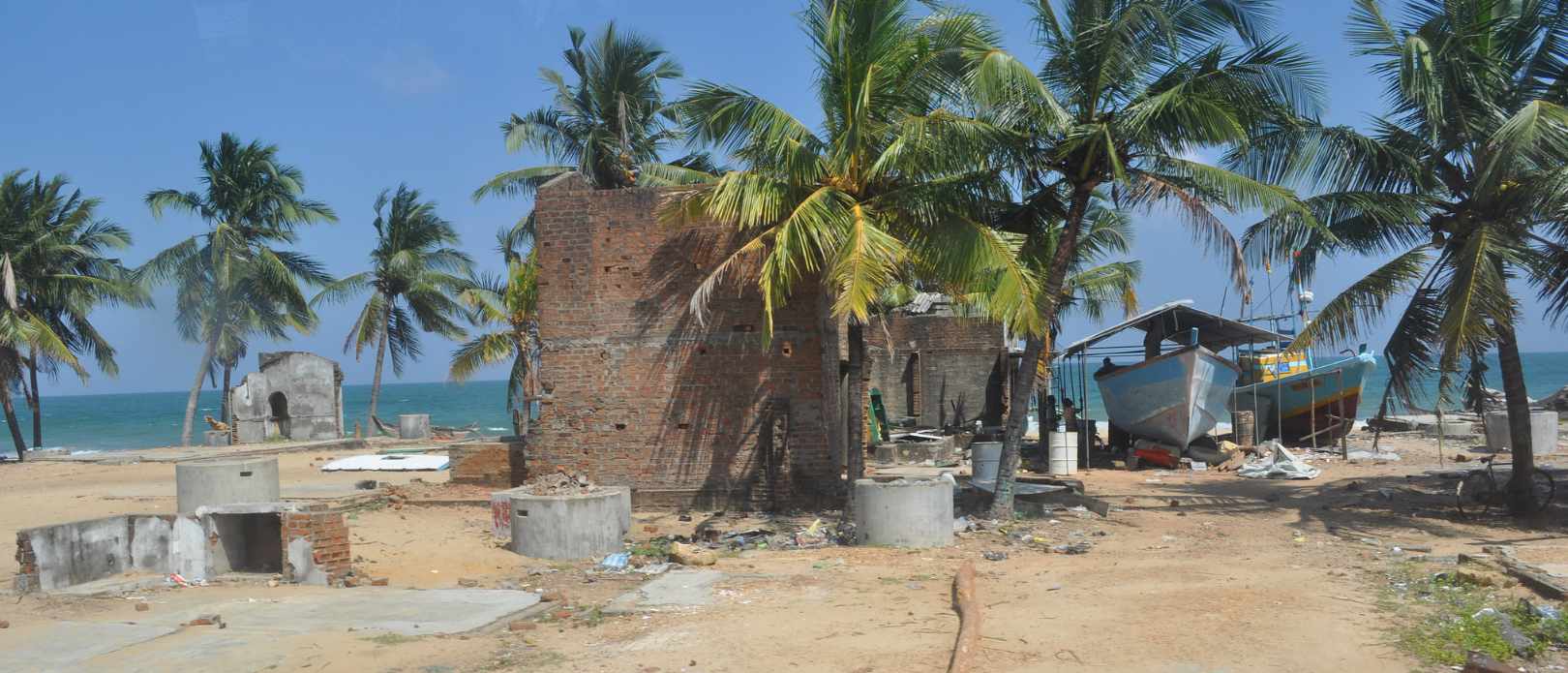Standfirst
Pushing the frontiers of social-ecological resilience

A new paper demonstrates how the capacity to self-organize and nurture diversity fosters transformative resilience in the face of social and environmental change. One example is the Kristianstad Vattenrike in southern Sweden. Photo: vattenriket.kristianstad.se
A new paper shows how resilience thinking has evolved further over the past 15 years, and gives three examples of this
- Researchers recognize the importance of transformational resilience for sustainable futures
- Social and ecological systems are truly intertwined and evolve together and, their co-evolutionary governance can help build resilient communities
- A tipping point in one social-ecological system can trigger a tipping point in another
15 years have passed since Carl Folke published a seminal academic paper on how resilience grew into a prominent approach to study social-ecological systems. Today, resilience thinking has become part of global practice, policy, and business.
It is being applied in wildly divergent areas, from poverty alleviation to business strategies, as a way to build capacities for responding to change and crisis, not only to survive, but also to evolve and transform towards sustainable futures.
The realization that absorbing and adapting carbon emissions is no longer enough to halt the impacts of climate change has helped build momentum towards transformational resilience.
Evidence of transformative capacity
According to the authors, Carl Folke, Jamila Haider, Steven Lade, Albert Norström, and Juan Rocha, this transformation involves multiple elements, including agency, practices, behaviours, incentives, institutions, beliefs, values, and world views and their leverage points at multiple levels.
The paper, Resilience and social-ecological systems: A handful of frontiers argues that over the past decade, the interdependence of social and ecological systems has been broadly acknowledged as pivotal in enhancing resilient outcomes. Socio-ecological transformations from around the world are showcased, and provide evidence of how the capacity to self-organize and nurture diversity fosters transformative resilience in the face of social and environmental change.
These global landscapes include the Kristianstad Vattenrike in southern Sweden (pictured above), the coastal fisheries in Chile, the Great Barrier Reef, Australia, and many more.
Transformational change typically emerges from a long period of small-scale experimentation, innovation, and coalition-building. These small-scale processes can, under the right conditions, influence larger-scale systemic change. Social-Ecological resilience research is shedding light on these conditions.
Albert Norström, co-author
Hyper-connectivity
As human appropriation of the planet’s biosphere pushes the earth system closer to climate-related tipping points, the research paper warns that tipping points in one social-ecological system can trigger or aggravate the risk of tipping points in other systems, even over far distances. This is due to social-ecological hyper-connectivity.
For example, social media perpetuating fast fashion consumption cycle patterns which have been shown to affect biodiversity negatively by contributing to habitat destruction around the world.
The new paper offers these and more insights into how research into the reflexive, diverse, and evolving field of social-ecological thinking can offer novel insights into resilience building in a changing global systemic risk landscape.
Folke, C., Haider, L.J., Lade, S.J., Norström, A.V., Rocha, J. 2021. Commentary : Resilience and Social-Ecological Systems: A Handful of Frontiers. Global Environmental Change, Volume 71, November 2021, 102400. https://doi.org/10.1016/j.gloenvcha.2021.102400








